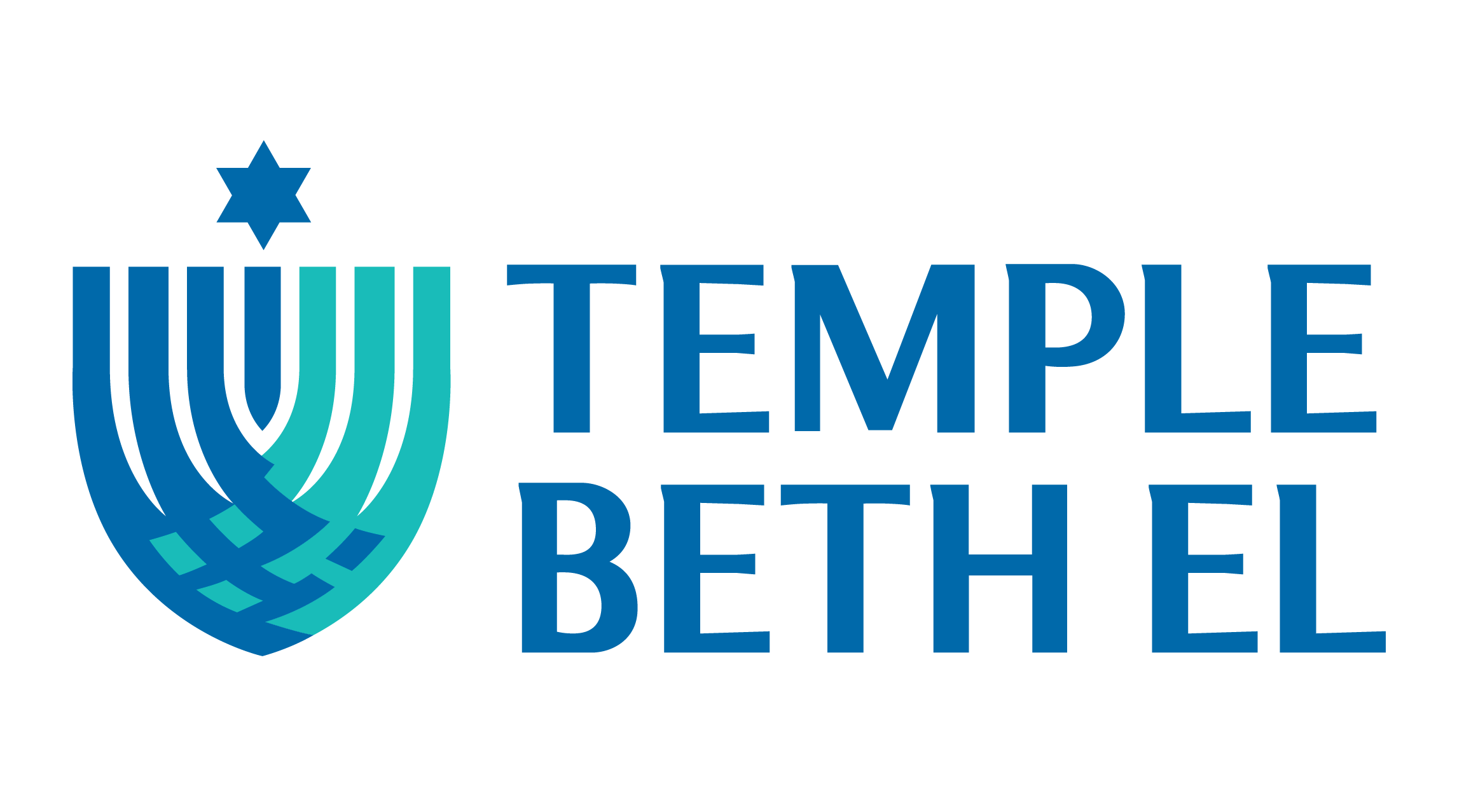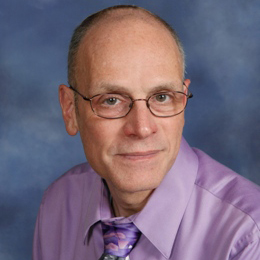This summer I spent eight weeks teaching water safety to a bunch of preschoolers at the Downtown Seattle YMCA. This free program offered to the community to help reduce the number of drowning accidents is particularly near and dear to my heart after working in a pediatric ICU for many a “drowning season.”
For the first several weeks I was convinced that “teaching water safety to preschoolers” was becoming my new definition of the word “futile.” The effort just to get them to put their faces in the water was excruciating. We spent weeks playing games blowing bubbles with their mouths, then with their noses, then making funny noises at the “fish” at the bottom of the pool. Ultimately they were able to jump into the water holding my hands and, after being briefly submerged, crawl back onto the pool deck. The final week we worked on boating safety. After outfitting them with life vests, we played games in the water so they could get used to the feel. Then we gathered on the deck and I tossed them into the water one at a time where, after bobbing back to the surface, they were to find their classmates and form a circle holding hands. This is, of course, a great skill for them to possess if their boat was to capsize. (And okay…it was also unbelievably cute!)
While struggling to figure out how to get the kids to put their faces in the water, several of the other instructors asked me, “Well, have you tried just dunking them?” Yikes! I don’t have lots of detailed memories from early childhood, but there are definitely snapshots that are forever burned into my mind. Some of them are warm, family moments, but many of them are the result of traumatic or scary incidents. Understanding the potential for a 4-year-old to have the frightening experience of being dunked imprinted on their minds for the rest of their lives, I rejected that approach. I may have made slower progress than the other instructors, but I was entirely comfortable with my results.
This experience, plus an unexpected question from a former bar mitzvah student, taught me a lesson I never understood before about the impact of childhood experiences on adults.
For most of two decades, I worked tirelessly in close collaboration with Susan Jacobs and others to create a warm, loving, and safe environment for our Beth El kids. The material we were teaching — whether it be Hebrew, Jewish history, liturgy, theology, holiday traditions, or the skills necessary for becoming bar or bat mitzvah — was important. But far more significant was making Temple the place where the quest for understanding was fun and exciting; where you could count on teachers and clergy to support you and love you no matter what strange and wondrous creature you showed up as on any given day; where the most confusing and life-altering and painful struggles could be addressed honestly and lovingly and without fear. In short, we created a sense of community that would serve them now as kids in Charlotte but more importantly be something they would yearn for the rest of their lives.
For me, this effort came in two forms: using my skills to expand the number of entryways into this community; and giving of my time to create significant, individual relationships. In creating the b’nei mitzvah madrichim program, tutors found that they could significantly impact the lives of their students, and many studied trope with me so they could increase their effectiveness. Writing arrangements for the teen musicians meant not only that all of them could play a principle role leading the congregation in worship, but those students who were temperamentally disinclined to participate in youth group or Hebrew High could still find their place at Temple. Leading an ongoing effort to create a program about relationships and human sexuality showed the kids that Temple has a vested interest in their long-term happiness and safety, and that the Shalom Park campus and its leaders provided a safe haven to grapple with the most difficult of personal issues.
But I think it was even more important to simply carve out time to spend with the kids. Sometimes it was kibitzing during b’nei mitzvah tutoring (which the tutors constantly reminded me was interfering with their lesson, thank you very much), or walking into Religious School posing a question I knew the students didn’t know the answer to and then helping them reason their way through it (which often made the teachers squirm), or sitting around in Post Confirmation discussing…whatever…as I tried to understand their lives and they mine. In the end, it was all an exercise in relationship-building. There is incessant talk in the Jewish world about whether today’s young people will continue to affiliate with synagogues. But I maintain that if a kid had a close, meaningful connection with a member of the clergy who they knew cared deeply about them, they would continue to seek that out, especially in a world where direct, human connection is increasingly undermined by electronics. I joke that my long-term, subversive goal was that 20 years from now, rabbis and cantors all over the country will hate me because there are all these 30-somethings that expect to be able to drop by a clergyperson’s office simply to visit.
And then I arrived home to Seattle. I have close, decades-long relationships here, but I don’t see those friends regularly. Instead, my daily community began to form around the Downtown Seattle YMCA. Finishing the year-long Hundred Mile Swim Challenge more than 300 miles ahead of the next closest person, I met a lot of swimmers who, seeing the posted distances, said, “Oh, you’re Andy.” I began forming friendships with the lifeguards, three of whom came to my home to help celebrate my 65th birthday. I got to know staff throughout the building by first helping out with some one-off projects and then becoming an official, aquatics volunteer. The key moment came after the only day I missed my swim: early the next morning I had a text from the head lifeguard saying, “I didn’t see you yesterday. Are you ok?” And in that moment, I knew I’d found my home.
The process of finding community at the Y unfolded gradually and naturally. So I didn’t think much of it until one day over the summer when I found myself texting back and forth with a former bar mitzvah student. After finding out what he was up to, he asked me how I was doing. I replied that I was enjoying teaching water safety to little people at the Y. His response brought me up short: “Isn’t there a JCC?” And in that moment I understood in a new way how impactful my work at Temple Beth El had been.
For 18 years I put my energy into creating a sense of community at Temple for our kids. But I was not raised in the Jewish community. No Temple affiliation. No Religious School or bar mitzvah. No Jewish camp or youth group. So unlike my former student, for whom associating with the Jewish community was obvious, I felt no innate draw there. All of my associations with the Jewish community were as a professional. I find profound meaning in Jewish thought and liturgy and music, all of which I came to as an adult. But for me, the Jewish community was always my workplace — both a tremendously satisfying and tremendously demanding one. But it is not, because of my upbringing, the place I’m hard-wired to turn to for my own personal sense of belonging. While people can certainly enter and flourish within the Jewish community as adults, that connection often occurs as a thoughtful choice rather than as a visceral draw.
And splashing around in the water with those preschoolers? I always felt that I could have a significant impact on the 4th-grade-and-up crowd, but never sensed that my efforts were effective with the very little ones. Teaching preschoolers all summer, however, and becoming acutely aware that the snapshots of experience being imprinted on their brains could have a lifelong effect on their associations around water, I came to a new appreciation of how those Temple preschool and elementary school teachers initiate an enduring connection with Judaism.
As the Religious School year kicks off this weekend, my hopes and prayers are with all of the teachers. May you have the strength and patience and humor and openness to touch deeply so many young lives. And may the Jewish connections you nurture be a source of lasting joy to you and to your students. May 5779 be, indeed, a wonderful and fulfilling year for you all.




